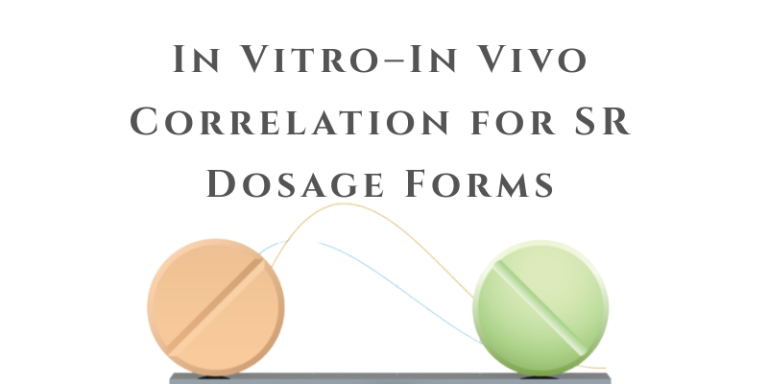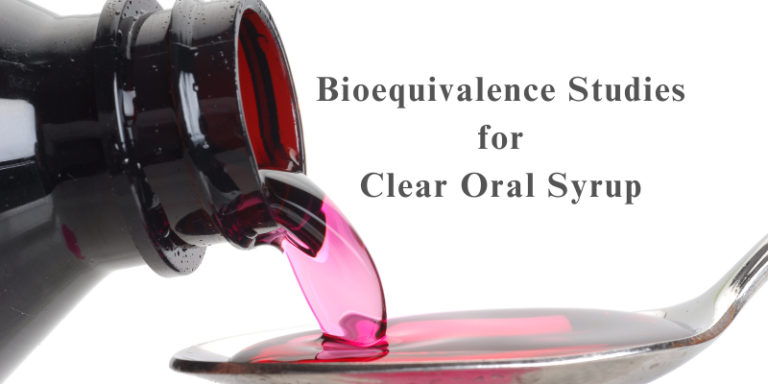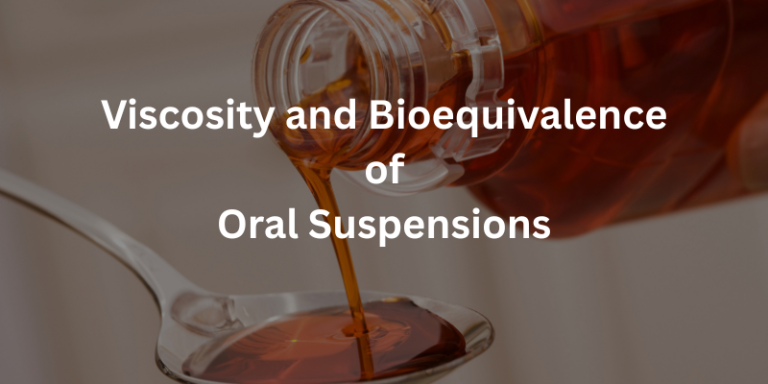Factors Affecting Bioequivalence (BE) Results
Bioequivalence (BE) studies are crucial in the pharmaceutical industry to ensure that generic formulations exhibit comparable bioavailability to their reference products.
Several factors influence BE results, potentially impacting regulatory approval and market entry. This review highlights the key determinants affecting BE outcomes, including formulation characteristics, physiological variability, study design, and analytical considerations.
Formulation Factors
The composition and physicochemical properties of a pharmaceutical formulation significantly influence its bioavailability and BE outcomes. Key formulation aspects include:
- Excipient Selection: Variations in excipients can alter drug solubility, permeability, and stability, affecting BE results.
- Manufacturing Process: Differences in granulation, compression force, and coating parameters may influence drug dissolution and absorption.
- Particle Size and Polymorphism: The crystal form and particle size of the active pharmaceutical ingredient (API) affect dissolution and, consequently, bioavailability.
- Drug Release Mechanism: Immediate-release (IR) and modified-release (MR) formulations require precise formulation design to ensure comparable pharmacokinetics to the reference product.
Physiological Variability
Inter- and intra-subject variability plays a crucial role in BE studies, influencing drug absorption and metabolism. Key physiological factors include:
- Gastrointestinal (GI) pH and Motility: Variability in GI pH and transit time can affect drug solubility and absorption, particularly for weakly basic or acidic drugs.
- First-Pass Metabolism: Highly metabolized drugs may exhibit variability in systemic exposure due to hepatic enzyme activity differences among individuals.
- Food Effect: Co-administration with food may alter drug dissolution, gastric emptying, and enzyme activity, potentially affecting BE conclusions.
- Demographic Factors: Age, gender, weight, and genetic polymorphisms in drug-metabolizing enzymes (e.g., CYP450) contribute to variability in BE outcomes.
Study Design Considerations
A well-designed BE study minimizes variability and ensures robust data interpretation. Important study parameters include:
- Crossover vs. Parallel Design: Crossover studies help reduce inter-subject variability, while parallel designs are preferred for long half-life drugs.
- Sample Size and Power: Adequate sample size ensures statistical confidence in detecting differences between test and reference products.
- Dosing and Sampling Strategy: Appropriate dose selection and sufficient sampling points help accurately characterize pharmacokinetic (PK) parameters such as Cmax and AUC.
- Washout Period: Ensuring an adequate washout period prevents carryover effects from previous dosing periods.
Analytical and Statistical Considerations
Reliable bioanalytical and statistical methods are critical for assessing BE outcomes. Factors include:
- Bioanalytical Method Validation: Accurate and precise quantification of drug plasma concentrations ensures data integrity.
- Incurred Sample Reanalysis (ISR): Ensuring reproducibility of bioanalytical results strengthens study reliability.
- PK Parameter Calculation: Proper calculation of Cmax, AUC, and Tmax is crucial for assessing BE.
- Statistical Analysis: Regulatory agencies require 90% confidence intervals for the test/reference ratio of Cmax and AUC to fall within 80.00%-125.00% for BE acceptance.
Conclusion
Achieving successful BE study outcomes requires careful consideration of formulation properties, physiological factors, study design, and analytical methodology. Addressing these factors enhances the likelihood of regulatory approval and ensures therapeutic equivalence between generic and reference products. Future research should focus on mitigating high variability in BE studies, particularly for complex formulations and biopharmaceutical classification system (BCS) Class II and IV drugs.
Read also:
- Reference Standard (RS) in Bioequivalence Studies
- Differences Between RSABE and Traditional ABE Approaches
- Navigating Bioequivalence Study Guidelines Across Global Regulatory Bodies
References
- Shargel, L., & Yu, A. B. C. (2015). Applied Biopharmaceutics & Pharmacokinetics. McGraw-Hill Education.
- FDA. (2021). Bioequivalence Studies with Pharmacokinetic Endpoints for Drugs Submitted Under an ANDA. U.S. Food and Drug Administration.
- European Medicines Agency (EMA). (2010). Guideline on the Investigation of Bioequivalence.
- Dressman, J., & Reppas, C. (2010). In vivo-in vitro correlations for lipophilic, poorly water-soluble drugs. European Journal of Pharmaceutical Sciences, 40(1), 1-3.
- Chen, M. L., Shah, V. P., & Midha, K. K. (2001). Bioavailability and Bioequivalence: An FDA Perspective. The AAPS Journal, 3(4), E9.
Resource Person: Mohanned Jallad







